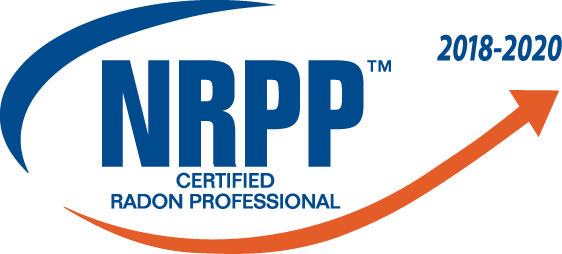Follow Us x
What Is Radon?
What Is Radon?
Radon is a colorless, odorless, tasteless, radioactive gas that is produced from the decay of naturally occurring uranium in the soil. Risk occurs when this gas enters buildings and the decay products are breathed in. These decay products can damage the lungs and cause lung cancer.
Where is Radon found?
Radon can be found anywhere. Outdoor levels are usually very low, but indoor levels can be very high. It doesn't matter where you live, how old your home is, or what type of foundation it has-the only way to know the level of radon gas in a home is to perform a test.
Is Radon a problem in Tennessee?
YES. The Tennessee Department of Environment and Conservation (TDEC) considers radon to be a very serious problem in our state. No matter where you live in Tennessee, there is the potential for radon to enter your home. Regardless of your zone designation or geographic location, all homes should be tested for radon. There is no zone that has no risk factor for radon.
How does Radon enter your home or office?
Radon gas rises up through the soil. The air pressure inside your home or office is usually much lower than pressure in the soil around the foundation. This difference in pressure causes the building to act like a vacuum, drawing radon in through foundation cracks, construction joints, gaps around service pipes or wires, sump pits and other openings.
It doesn't matter what type of foundation your home has or how recently your home was built, radon can get inside.
Be sure to test your home every 2 years to ensure you are not living with high levels dangerous Radon Gas.
Here is some more information provided by the EPA to help you learn more about Radon and its effects:




